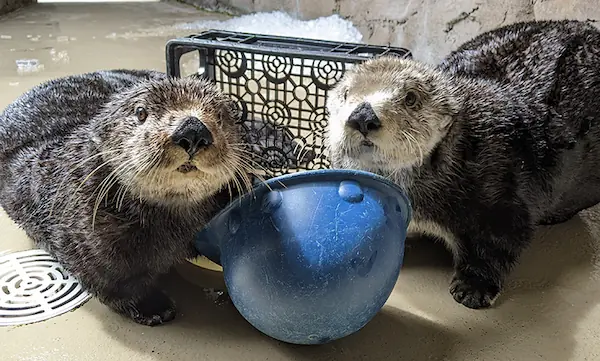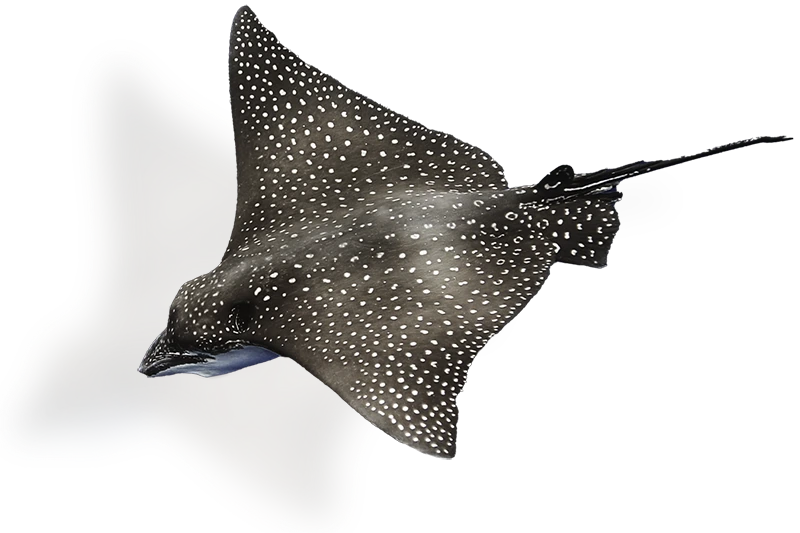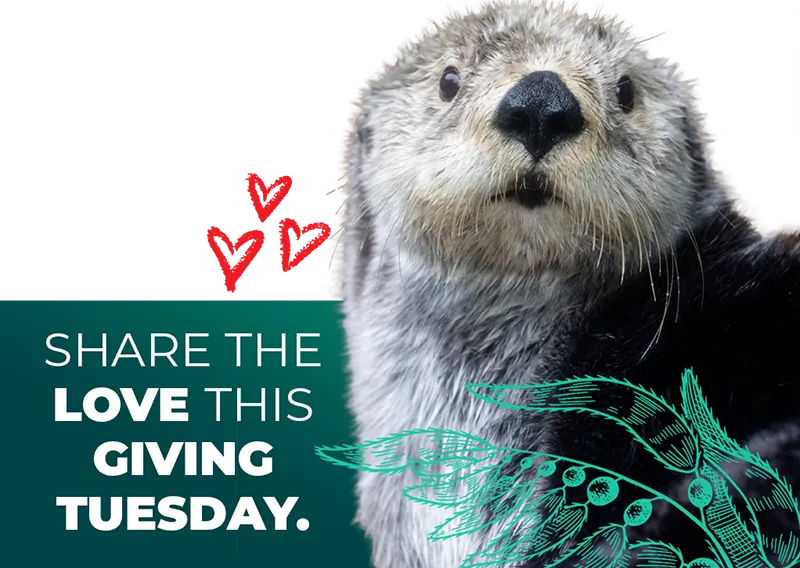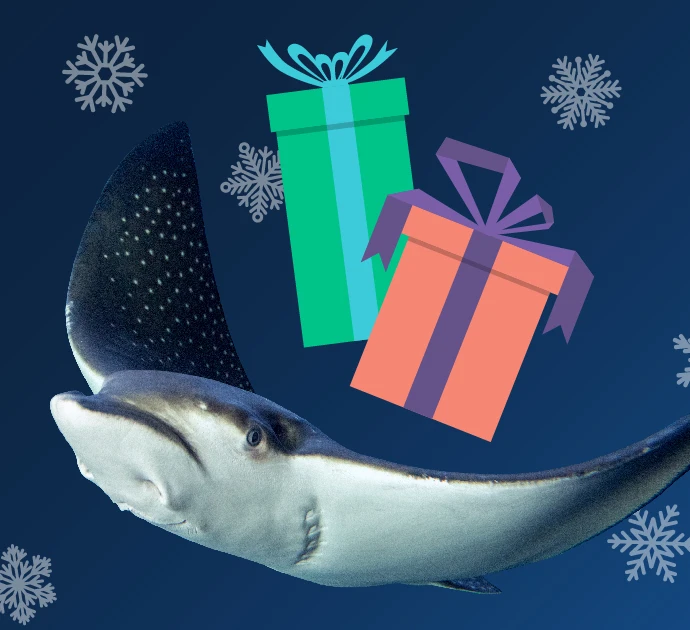In discussions about conservation, certain habitats tend to come up as particularly important to restore and protect. Coral reefs and mangroves often immediately come to mind but feel far away from us here in the Pacific Northwest. However, there are critical aquatic habitats found right here in Puget Sound, including estuaries! Estuaries are tidal wetland environments where rivers meet salt water; these junctions are important environments for all sorts of species, from migratory birds to juvenile salmon. We now have a chance to restore a key estuary in Washington: the Duckabush River estuary.
Critical habitat
Juvenile salmon spend months in estuaries undergoing a process called smoltification, when they grow and develop a tolerance for salt water. This is a rare superpower—few aquatic species can survive in both salt and fresh water—and the estuarine habitat, at the junction between river and ocean, is needed for salmon to adapt!
Unfortunately, development has eliminated or degraded 75% of river delta tidal wetlands in Puget Sound. This enormous loss is especially problematic for juvenile salmon and other fish and wildlife that rely on estuaries. Many of those species are listed as threatened under the Endangered Species Act.
Salmon are keystone species, meaning their loss would reverberate throughout their ecosystems. Predators of salmon, such as orcas, birds, bears and people, are directly impacted by declining salmon runs, while other species are impacted in less direct ways. When salmon die after spawning or while traveling up rivers, for example, their bodies provide nutrients to trees and other plants along the riverbed. These trees then provide shade and keep the water cool enough for salmon eggs to survive and provide safe habitat for young salmon as they journey down the river. Trees also sequester carbon and provide habitat for many other animals. This intricate ecosystem interdependency is beautiful, but it’s at risk due to human impacts.
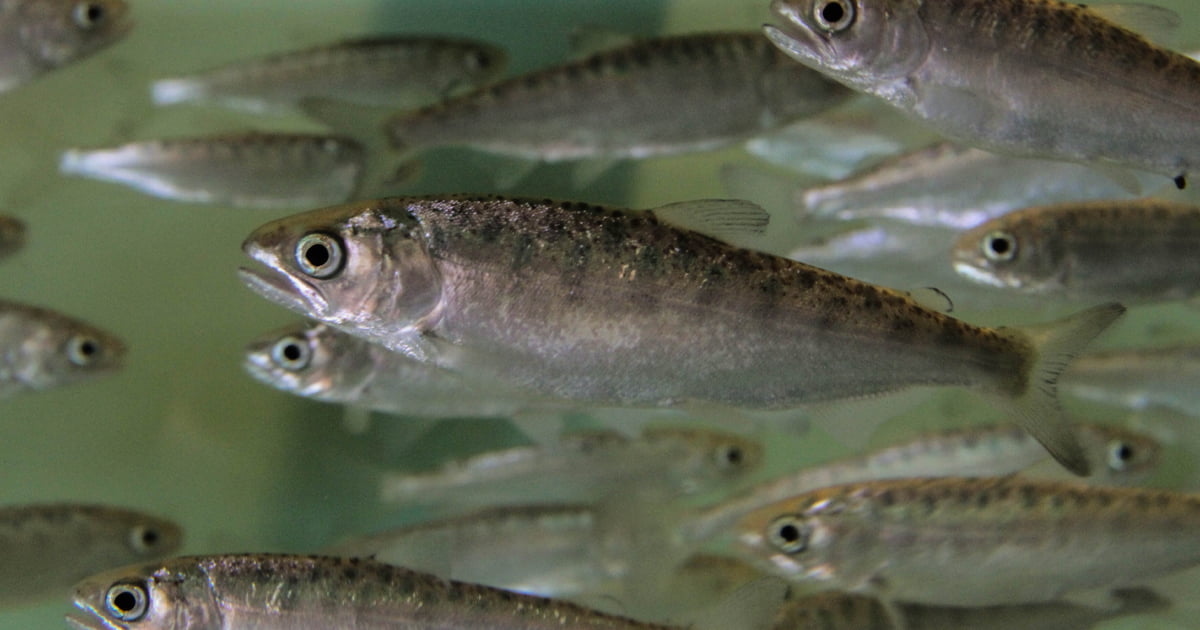
Duckabush Estuary Restoration Project
The Duckabush River estuary is located on the western shore of Hood Canal. Highway 101 runs right over it, giving drivers access to the Olympic Peninsula. When this segment of the highway was designed in 1931, 12 feet of fill was used to support the new roadbed. Most of us probably aren’t thinking about what’s under the road we drive on, so long as it’s flat and stable. Unfortunately, all the fill, dikes and road infrastructure block water channels and limit critical habitat that fish rely on, including threatened Hood Canal summer chum and mid-Hood Canal Chinook salmon. Water bottlenecks created by the current highway also cause seasonal flooding.
The Washington Department of Fish and Wildlife (WDFW), in partnership with the U.S. Army Corps of Engineers and the Hood Canal Salmon Enhancement Group, has proposed a project to elevate the highway and restore the estuary so that it is once again prime habitat for fish and other species. There is a unique opportunity for a federal-state partnership to share the cost of this project: $50 million in state funding would unlock $30 million in federal funding. Check out this video from WDFW to learn more about what’s being planned.
For this important project to move forward, we need Washington legislators to secure funding in this state legislative session.
Join us in taking action!
Updated February 2023: If you live in Washington state, please call or email your state legislator and ask them to support a $41 million state investment in the Duckabush River Estuary Restoration Project during the 2023 state legislative session! Email your elected officials or call the toll-free legislative hotline at 1-800-562-6000 (TTY for hearing impaired 800-833-6388) between 8am and 7pm, Monday through Friday, to leave a message for all three of your legislators at once. This is an opportunity to make a real difference for threatened salmon and a vital ecosystem.
